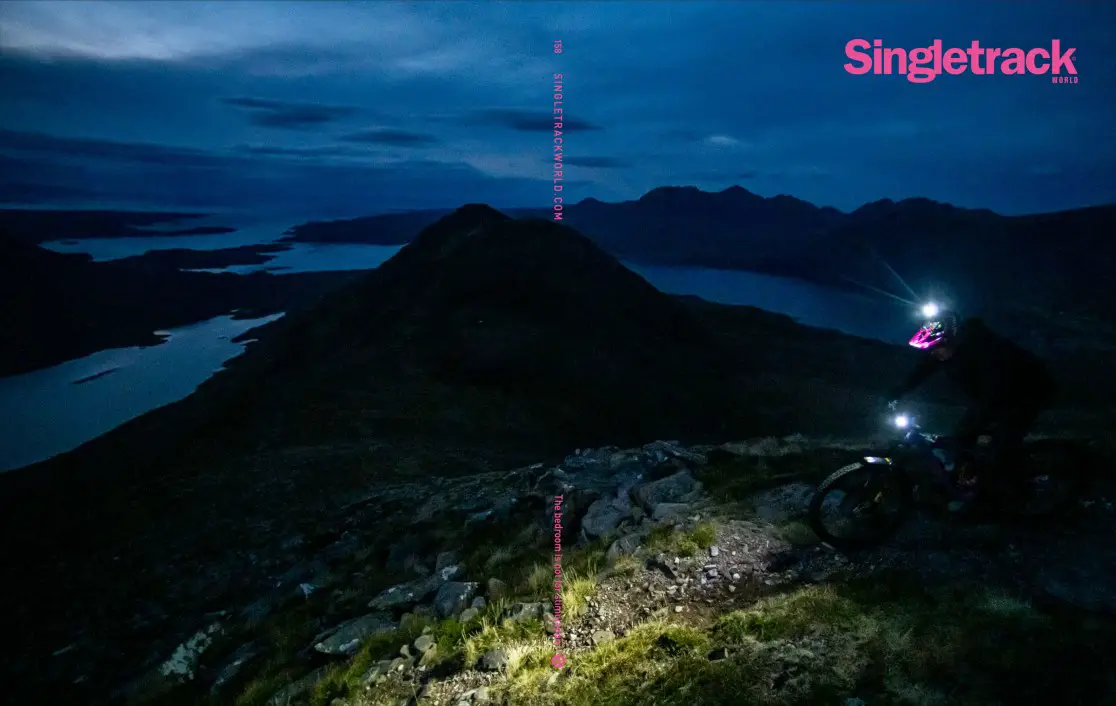Here is an idea for anyone out there who wants to tinker with a home brewed light .
not too sure as to cost but it will make a great light to rival the exposure stuff .
rounding up stuff in my garage and from early diy builds .
list of components needed.and approx price
2 XPG leds on 20 mm stars £10
2 Ledil Regina reflectors . £ 5
1 hammond aluminium box from halfords £8
1 driver from teapot on ebay aka black cat tech on here .£6
switch £2
connector .£2
7.4 volt Li Ion and charger .Dont know yet but about £50ish
small piece of clear plastic
small piece of aluminium for heat sink .
drill and files
hack saw .
bit of thermal paste .
Total probably under £100 for a killer no wires light .with a beam up there with the exposure stuff .
No I am not selling it as a kit but will be building one over the next week or so

